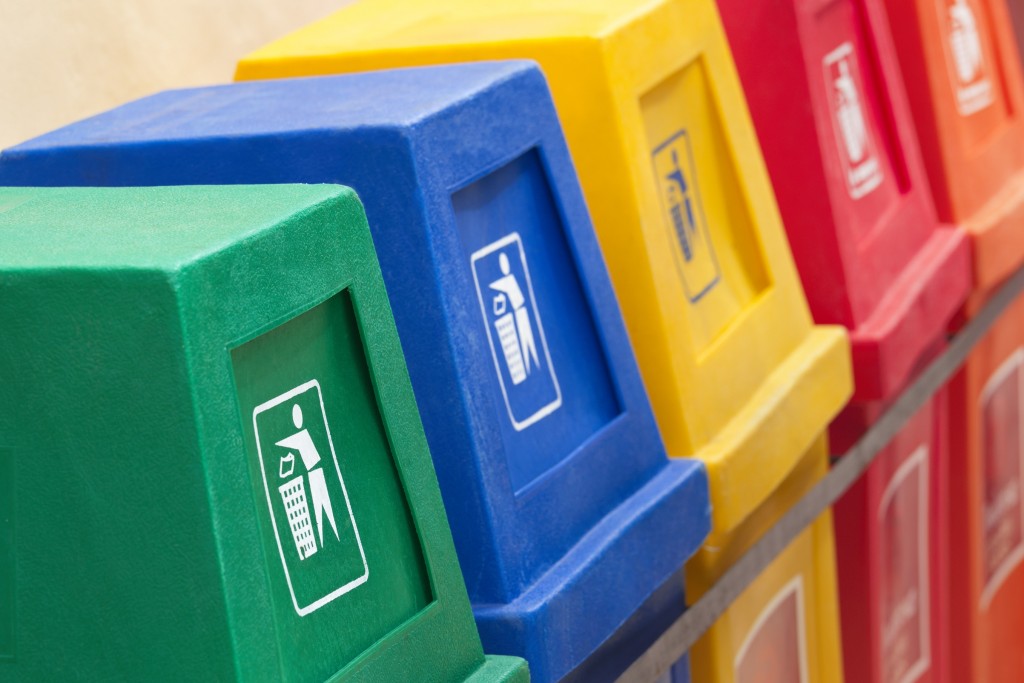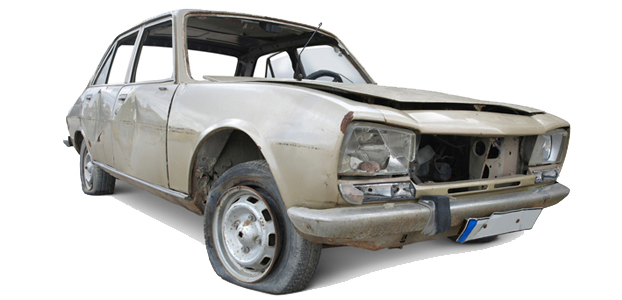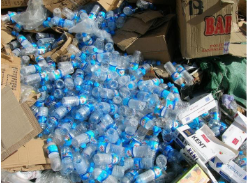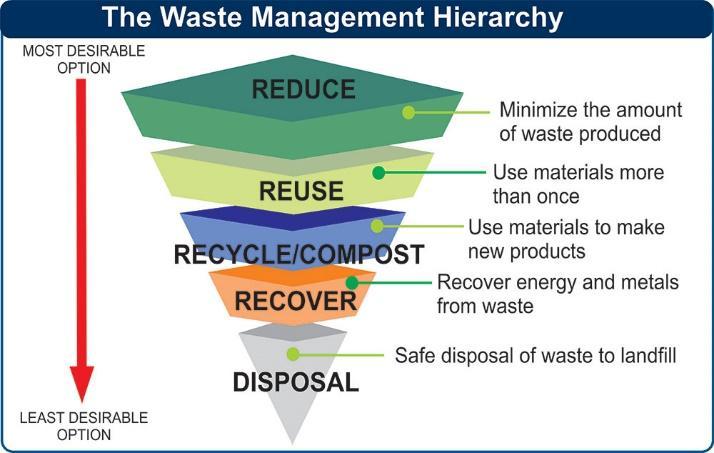BATTERY RECYCLING
Batteries are an inexpensive source of energy with wide application. They are used in vehicles, remote controls, clocks, portable electronics, digital equipment and even in children’s toys.
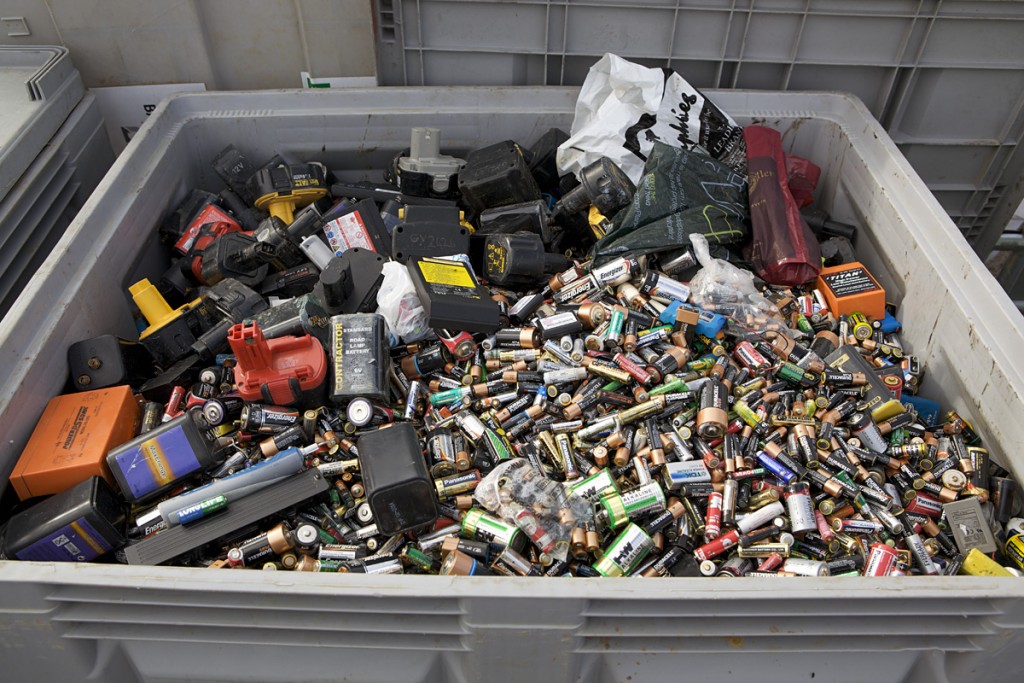
Battery types
Charging batteries seem completely harmless. Even their small size raises doubts that the disposal and recycling of used batteries is a required measure. In order to understand the hazards this miniature sources of energy hide inside, we should explore in more details their structure and chemical composition.
The outer casing of the batteries is absolutely safe. It is made of metal that completely isolates the content, until the outer casing starts to corrode. On the inside there are dangerous chemical elements that can be neutralized by battery recycling. Each one of them has an anode – zinc powder, which is impregnated with electrolyde and cathode – magnesium dioxide mixed with titanium dioxide.
Classification of batteries is carried out depending on the electrolyte:
- Base (alkali)
- Lithium
- Metal salt
- Silver
- Mercury
Automotive batteries have different range and differ in parameters such as size, looks, recharge cycle, capacity, durability and chemical composition:
- Lead models contain lead and its dioxide as reagent. The electrolyte is a solution of sulfuric acid.
- Nickel-cadmium batteries. The reagent is cadmium and nickel hydroxide.
- Iron-nickel battery contains iron, sodium or potassium hydroxide, nickel oxide.
- Nickel metal hydride models include chemical elements such as nickel, lithium, potassium hydroxide and nickel oxide.
- Nickel-zinc batteries contain zinc, potassium hydroxide, lithium and nickel oxide.
- Silver-zinc (cadmium) batteries contain zinc or cadmium, potassium hydroxide, silver oxide.
- Liithium-ion batteries contain lithium and cobalt oxide.
- Lithium-polymer–lithium, vanadium, manganese or cobalt oxides.
Why you shouldn’t throw away used batteries?
Not without reason, this question is so intriguing. One miniature battery pollutes 20 m2 of land. Once the batterty is disposed, the metal casing corrodes and the heavy metals enter the soil and underground waters, in rivers, lakes and other water sources used for drinking water supply.
Mercury is one of the most dangerous and toxic metals, it accumulates in the tissues of live orgaisms and it can enter the human body both directly from the water and from foods, prepared from poisoned plants or animals. If the battery is burned in an incinerator, all toxic materials contained in it will be relseased into the atmosphere.
In order not to pay for our negligence with our own health, batteries shouldn’t be disposed of at the places where we throw away our common waste, but they should be delivered to the points and to the collection centers for collection of used batteries, i.e. in specialized containers.
Each such product has a sign specifying that it shouldn’t be disposed with the common waste.
The foreign experience in battery recycling
Of the total number of batteries and rechargeable batteries that are produced globally, only 3% is processed, and this indicator is different in the countries around the world. In more advanced countries, practically they are not recycled but landfilled together with the household waste.
In the European Union, the issue of where to dispose of batteries is not overlooked. The containers for batteries are available in all shops and institutions. In the price of new batteries is included a certain percentage of recycling costs and production costs for new products, but the buyer can expect a discount if he returns his old batteries.
There are at least 40 functioning processing plants in Europe that recycle up to 45% of all sources of chemical energy.
In the USA the collection point where you can dispose of the used batteries is available at any store where you can buy new batteries. The collection and processing of elements is entrusted to the sellers and distributors of the respective products, and the manufacturers are required to finance all necessary measures. The number of annually recycled batteries in the USA is up to 60% (97% lead-acidic and 20-40% lithium-ion).
Japan is developing the most effective recycling way, so that batteries have been stored in warehouses and according to the safety requirements.
Australia has the highest percentage of recycled batteries – up to 80%. The batteries that can’t be recycled by the local companies are exported to Europe.
How to recycle batteries – basic stages:
The industrial recycling of automobile and portable batteries in one plant is carried out approximately according to the following scheme:
- Manual sorting – distribution of waste batteries according to their type;
- The line of the container delivers the batteries to a crusher where they are crushed;
- The resuting raw material falls under the magnetic belt, which separates large elements of the metal body;
- The rest is subject to multiple fragmentation and separation of the iron;
- The resuting mass contains electrolyte and it requires a neutralization process;
- As a result of the hydrometallurgical technology, the raw material is divided into separate components and packaged.
Battery recycling is a process of recovery and reuse of the materials from which they are produced. During this process, metals are being extracted from the batteries, and then they are included in the composition of new products. The purpose of this process is to be preserved the electricity and the raw materials. The treatment of such waste contributes to the protection of the environment and human health.
At present, an environmentally friendly and cost-effective technology that would allow recycling of used batteries and production of new products with high quality, doesn’t exist.
For example, for the extraction of cadmium are used pyromettalurgical and hydrometallurgical methods. The most well-known methods of the pyrometallurgical methods is the vacuum distillation, based on distillation of gaseous cadmium compounds.
In addition to the ultimate ecological hazard of this production, distillation is characterized by the production of low-quality cadmium oxide and secondary waste, the use of which is problematic in other industries.
The global experience in treatment of waste that contains cadmium shows prospects for the hydrometallurgical methods based mostly on the use of solutions of sulfuric acid, ammonia and salts. The use of hydrometallurgical operations will allow environmental issues to be addressed, when disposing of waste containing cadmium, and also will allow the needs of machine-building and metallurgy with high-quality cadmium oxide to be met.
The disadvantages of the methods using sulfuric acid are – a low degree of cadmium extraction due to its loss with iron containing industrial products, technological difficulties in the purification of industrial solutions. The ammonia use is limited by its volatility ad its problematic regeneration.
In the summer of 2013, the British company International Innovative Technologies introduced a new technology for recycling of waste batteries. The method includes converting the solid elements contained in the internal part of alkali battery into powder. In this way, the internal components of the battery become suitable for processing through various chemical and biological processes, the result of which is the extraction of different metal ions, for example zinc, manganese and carbon ions.
One of the advantages of this technology is that it can easily replace the traditional shredding systems with compact, highly efficient units. In addition, the new design has low energy consumption and is perfect for shredding of solid materials.
All types of batteries, produced in Europe, can be recycled, whether rechargeable or not. For recycling, it doesn’t matter whether the battery is charged, partially discharged or totally exhausted. After the collection of batteries, they are being sorted and then, depending on the type to which they belong, the batteries are sent to the respective recycling plant. For example, alkali batteries are recycled in Great Britain, and the nickel-cadmium ones are recycled in France.
Substances extracted from the batteries during the processing (graphite, zinc and manganese salts), can later be used in the production of new batteries, as well as in other industries, in particular in the pharmaceutical industry.
Recycling – the only alternative
Generally, batteries are chemical devices whose elements react in order to produce energy that we use. They are made of different materials, but their composition includes highly toxic materials and dissolved heavy metals:
- lead (it accumulates in the body, affecting the kidneys, the nervous system, bone tissue)
- cadmium (causes damage to the lungs and kidneys)
- mercury (affects the brain and nervous system)
- nickel and zinc (can cause dermatitis)
- alkali (burning of the mucous membranes and skin), etc.
For the lead-acid rechargeable batteries, the electrolyte is sulfuric acid diluted with distilled water. It is hazardous both in liquid and in gaseous state /vapors/. The electrolyte can cause burns of the skin, of the respiratory tract and mucous membranes. If there is a contact with the eyes it may result in severe burns and blindness.

Recycling of batteries is obligatory within the European Union. From September 26, 2008, all batteries, rechargeable batteries and their package have to be labelled with a special symbol (crossed out trash bin) – on the battery itself or on the package, depending on the size.
Nowadays he issues regarding the collection and recycling of used batteries and rechargeable batteries are extremely up to date.
